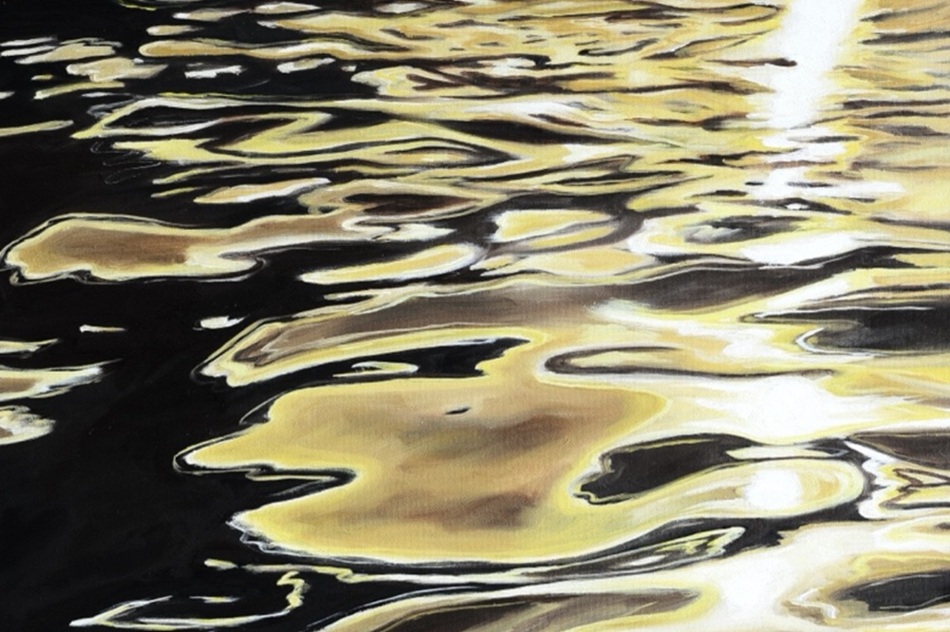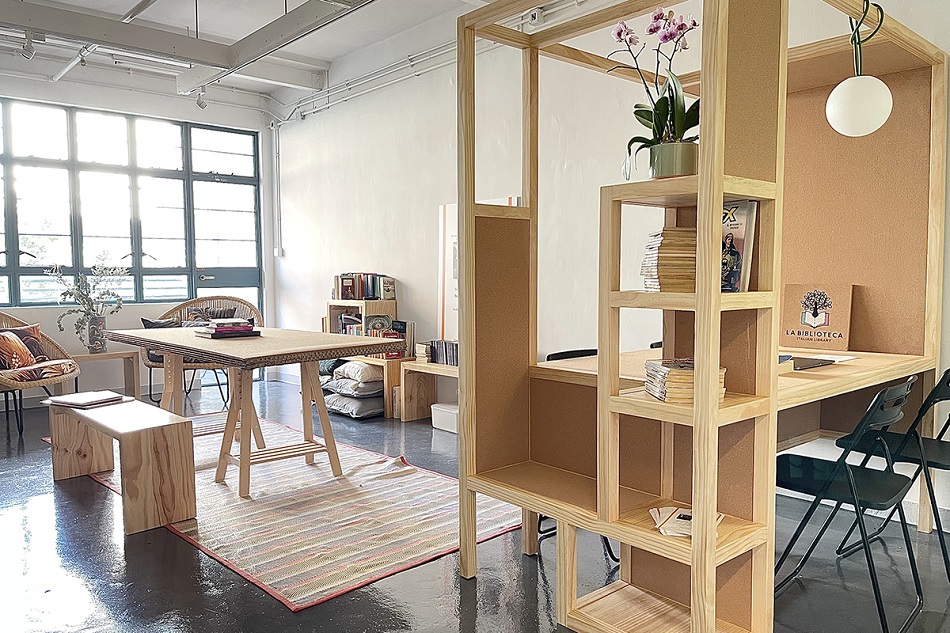Design Feature #05
Architecture Like a Park
SANAA

Great architecture is seen, felt and experienced. Great architecture is deceptively simple, and allows the content within to speak for itself. Contemporary architecture often falls into the trap of being bombastic and full of unnecessary embellishments, but SANAA’s architecture seems to reject that completely. It is an art, to create a space that is not only full of thought and craft, but also able to take a backseat and let its inhabitants – human or artwork – to shine through.
SANAA is helmed by two veteran Tokyo-based designers, Kazuyo Sejima (b. 1956) and Ryue Nishizawa (b. 1966). Despite their 10-year age difference – Nishizawa is Sejima’s protégé turned business partner – their partnership has produced results that can be described as nothing short of extraordinarily refreshing. SANAA has made an indelible mark on contemporary architecture not just in Japan, but around the world as well.
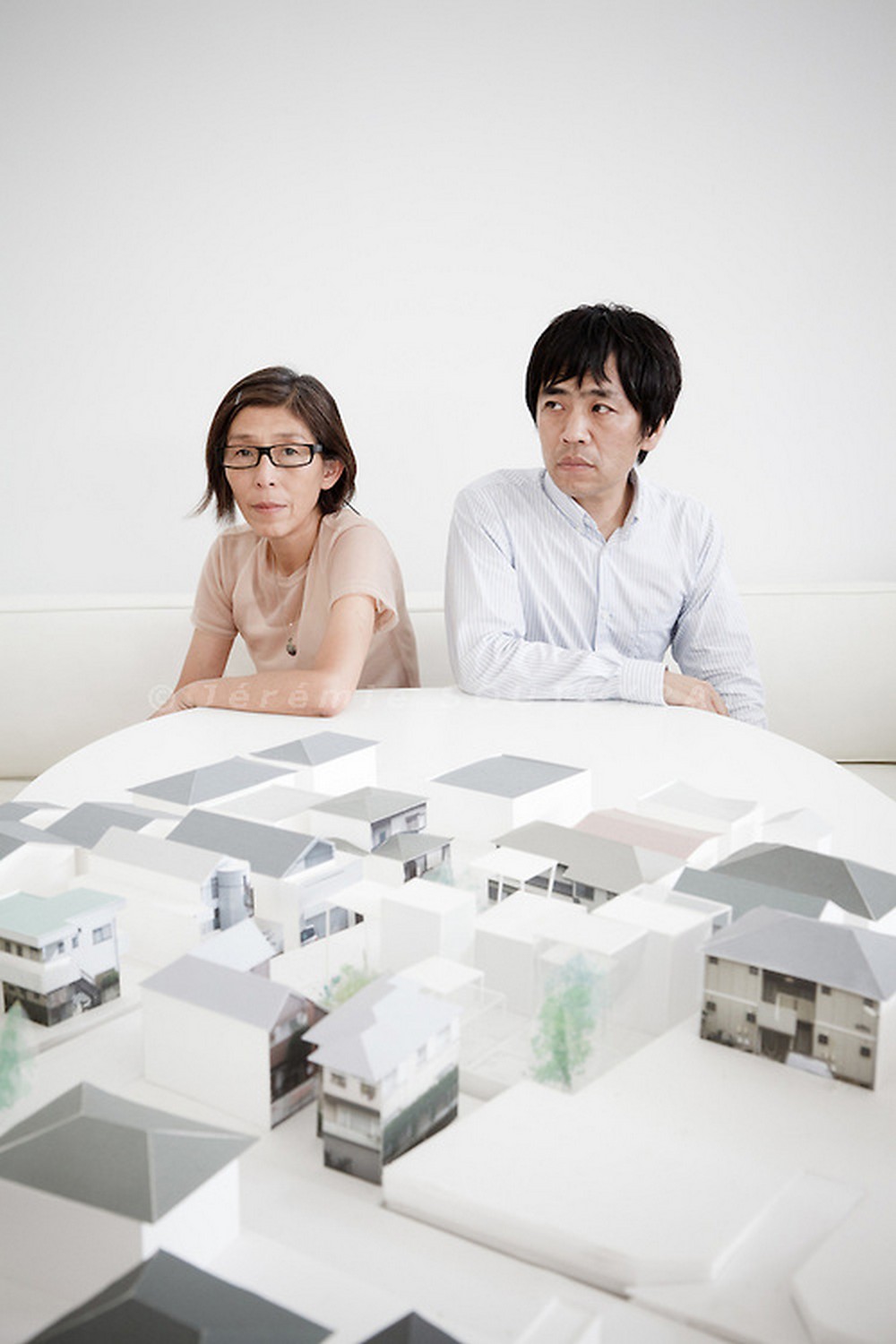
Kazuyo Sejima (left) and Ryue Nishizawa (right) Photo ©SANNA
In 2010, they were awarded the prestigious Pritzker Prize (which counts Kenzo Tange, Zaha Hadid and Frank Gehry amongst its laureates) for their body of work. The jury described SANAA’s work as “simultaneously delicate and powerful, precise and fluid, ingenious but not overly or overtly clever”. Sejima is the second female to win the prize, which is no mean feat in a male-dominated profession.
While their work on the Omotesando Christian Dior Building, Rolex Learning Center at EPFL in Lausanne and Louvre-Lens Museum are well known, SANAA has a significant number of projects that are associated with museums, galleries and the art scene.
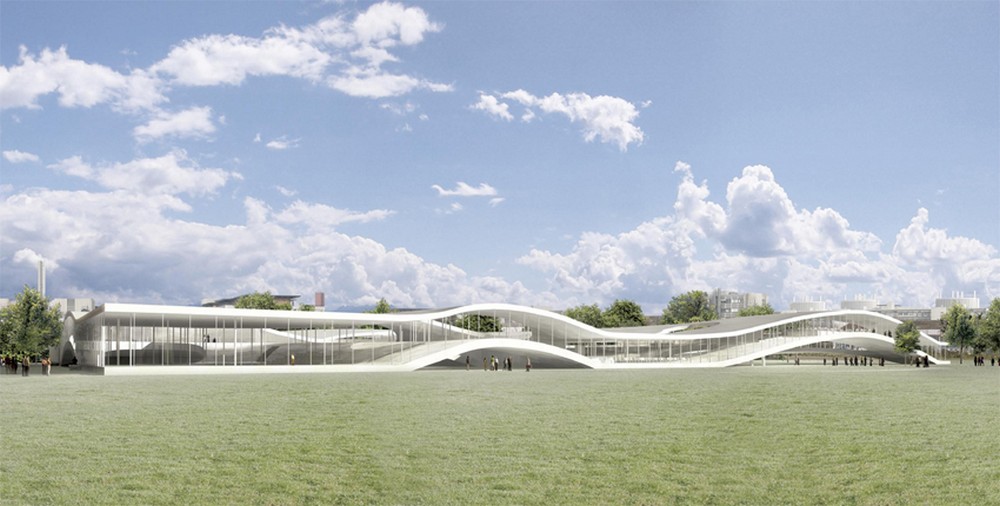
Rolex Learning Center at EPFL in Lausanne, Swiss. Photo ©Rolex Learning Center
The Glass Pavilion for the Toledo Museum of Art in Ohio is one such space. It is SANAA at their finest: layers of ultraclear glass walls weave languidly in between a seemingly wafer-thin ceiling and floor. The contrast of white walls, ghostlike transparency and shadows from the trees creates a special moment for visitors, when the building appears to ‘disappear’ into a pool of reflections. It is a sense of quiet emptiness amidst the layers of reflections from other visitors walking past, bringing one closer to the art.
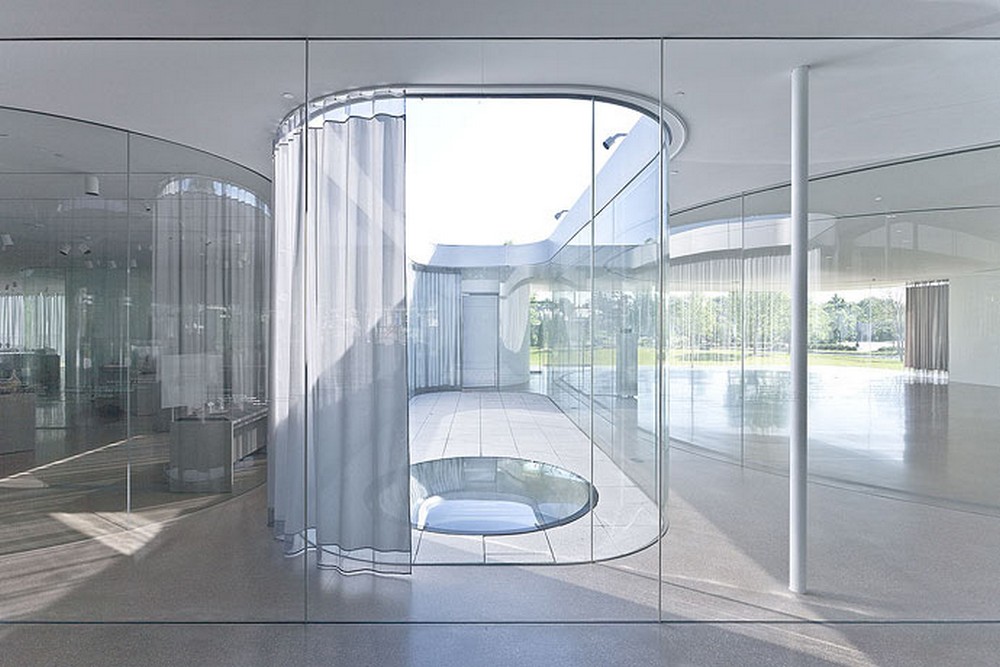
The Glass Pavilion in the Toledo Museum of Art, Ohio, US. Photo by Iwan Baan
Despite its liberal use of glass and inorganic fixtures, the Pavilion fits perfectly into SANAA’s overarching aim to make architecture like a park. For Sejima, the park is a communal space that is open: not only in terms of physical space, but also emotional and communicative space. The ability to co-exist with different people of different ages, in big groups or be by oneself has always been an integral feature of SANAA’s projects.
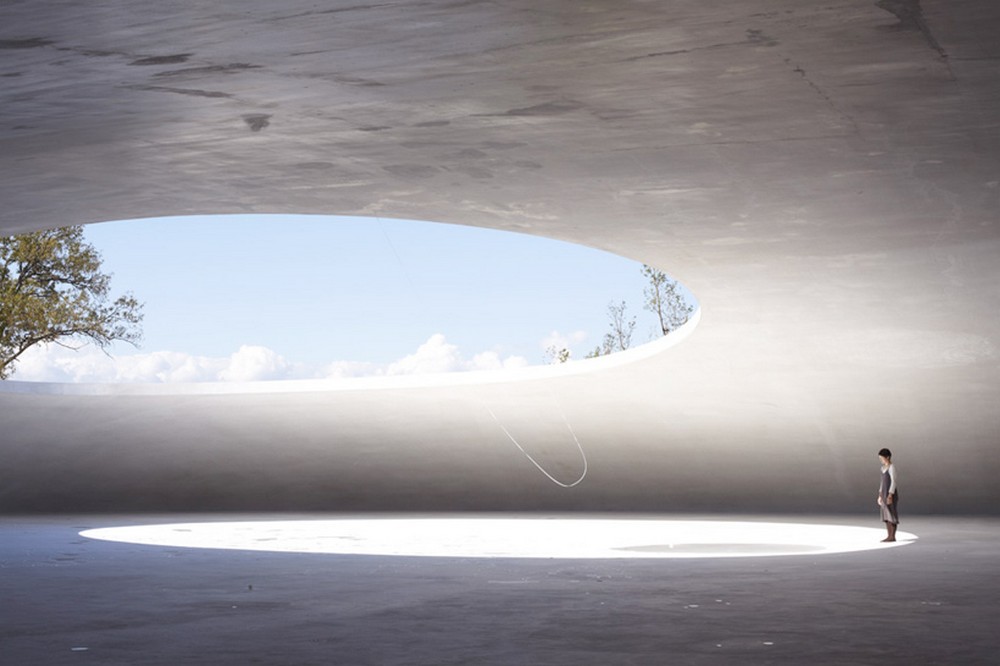
Teshima Art Museum, Japan Photo ©Teshima Art Museum
SANAA’s involvement in art and architecture is even more apparent in the Setouchi Islands, in Japan’s Kagawa prefecture. A mix of SANAA and individually-led projects, the Setouchi Islands have perhaps, the highest concentration of their works aside from Tokyo. Their nextmaruni rabbit and drop chairs litter the islands, providing surprising rest stops for weary art travelers. The Marine Station on Naoshima, Inujima’s Nakaotani Gazebo, Inujima Art House Projects, Teshima Art Museum, and various pavilions, all ensure that the spaces are conducive for quiet contemplation and group interaction.
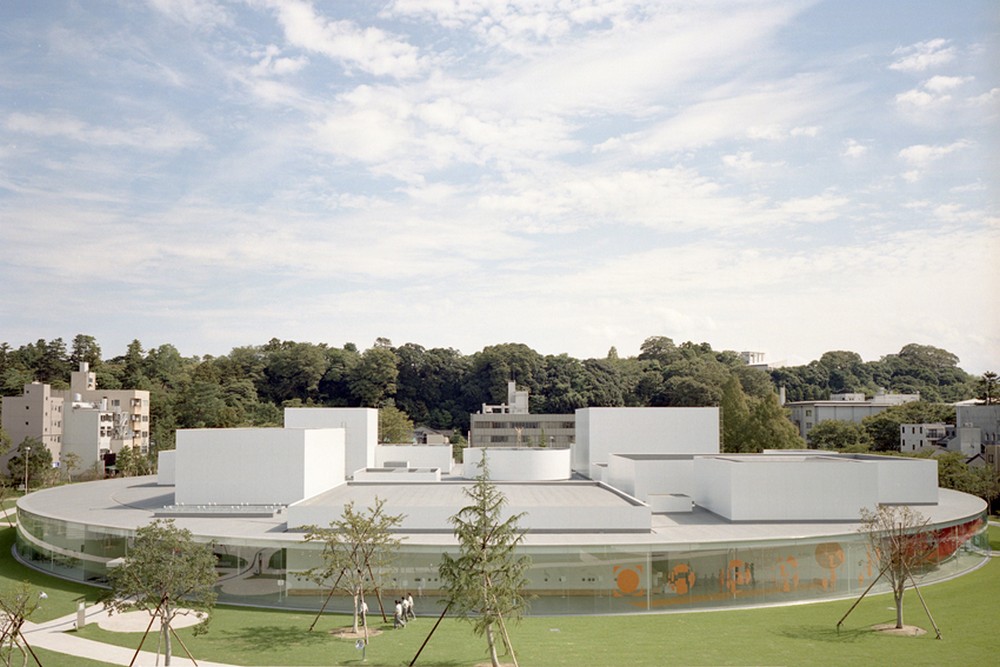
The 21st Century Museum of Contemporary Art Kanazawa. Photo ©The 21st Century
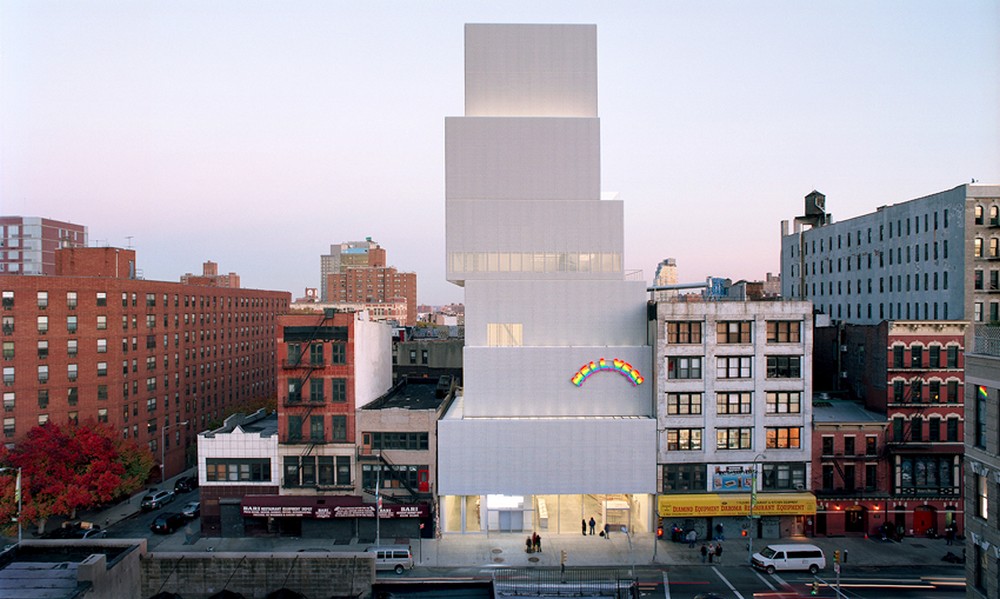
New Museum, NewYork, US Photo ©New Museum
Their projects often provide a series of connected spaces, allowing people to mingle while keeping a continuous view of their surroundings (like the 21st Century Museum of Contemporary Art in Kanzawa, Japan). Even their design for New York’s New Museum is extremely open to the city and public – SANAA gave a lot of attention to theatre, bookshop and other public spaces, creating various ways for people to interact with the museum.
Through the careful manipulation of materials like steel and aluminum, SANAA has been able to transform otherwise inorganic and cold materials into structures that flow, drift, expand and change. Reflective surfaces not only create a sense of depth, but also often serve as a way to bring nature into the space – the trees, grass and sky blend together and create the illusion that nature has taken over.
Where will SANAA’s park appear next?
Official Website: http://www.sanaa.co.jp

